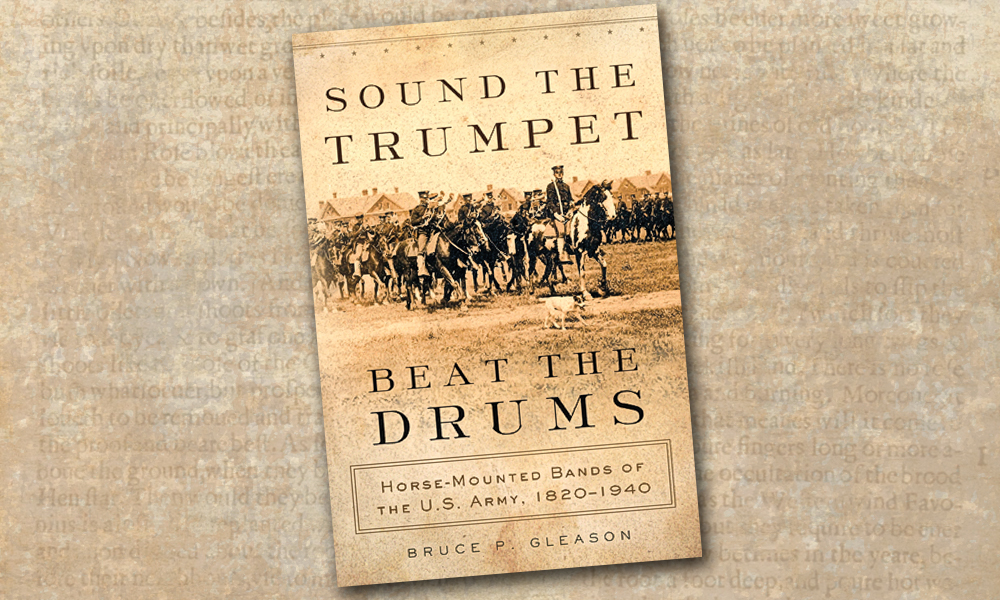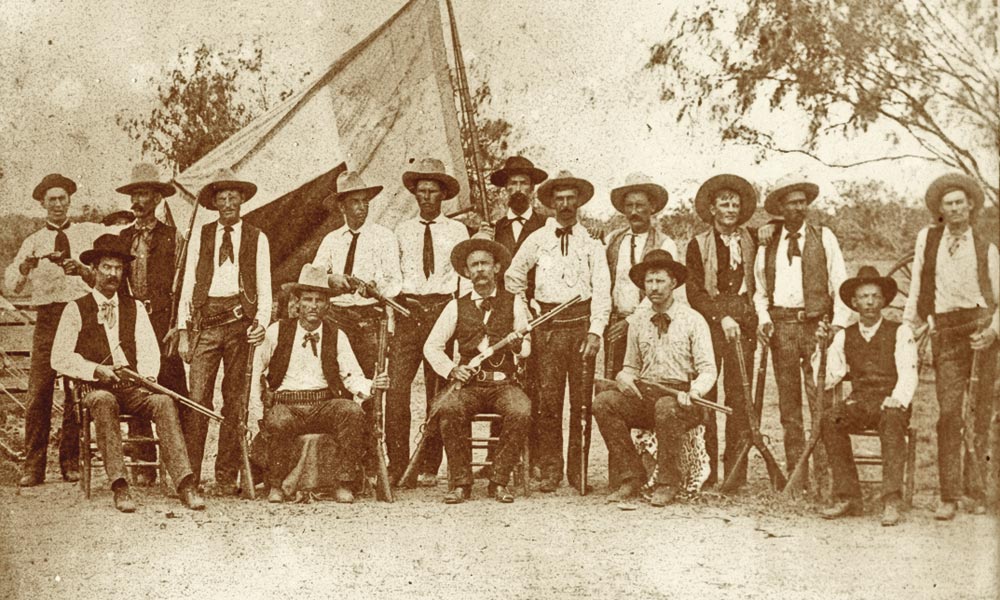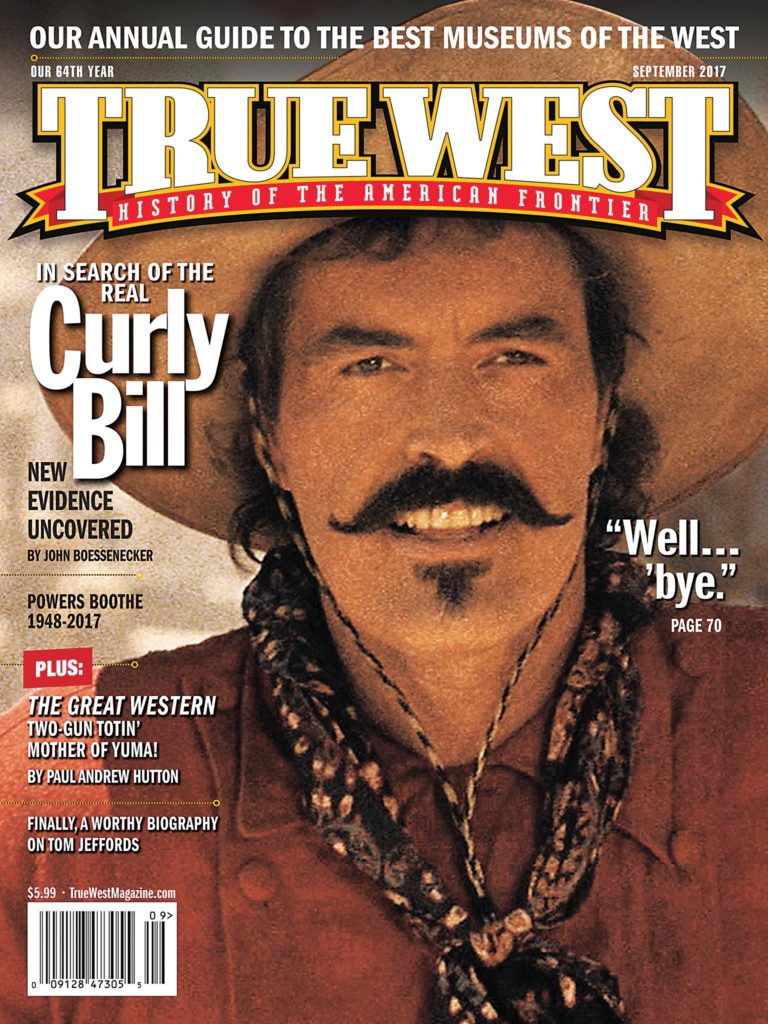What were frontier livery stables like?
David Jones — Phoenix, Arizona.
A livery stable was a place where pioneers could hire horses, teams, buggies, and wagons. The stable was often attached to a hotel or boarding house. Unlike modern-day rental cars, transports had to be returned to the place where you rented it. If you didn’t, a warrant was sworn out for your arrest.
Rental prices are hard to track down, as most advertisements stated, “Reasonable Prices.” One ad from 1850 reported that boarding a horse would set you back 50 cents a day. Pretty pricey for a time when an average worker earned less than $11 a month. Another ad, circa 1880, quoted $10 a week to board a horse.

— True West Archives —
Customers who wanted to board a horse had several options. Full board included shelter, water, stabling and twice daily feedings of hay; the animal would also be turned out a couple of times per day for exercise. Partial board featured shelter, water, stabling and twice daily feedings of hay; everything else was the responsibility of the owner. Self-boarding provided only a space in the stable; the animal’s owner was responsible for all care.
Pasture boarding was also common. If the grass proved sufficient, a horse stayed in the pasture year round. If not, hay could either be provided by the stable operator or the horse owner.
The livery stable keeper usually had a lien on anything else left in his care to ensure payment. He also had the right to detain horses, wagons and the like until the debt was settled.
Marshall Trimble is Arizona’s official historian and vice president of the Wild West History Association. His latest book is Arizona Outlaws and Lawmen; The History Press, 2015. If you have a question, write: Ask the Marshall, P.O. Box 8008, Cave Creek, AZ 85327 or email him at marshall.trimble@scottsdalecc.edu.






